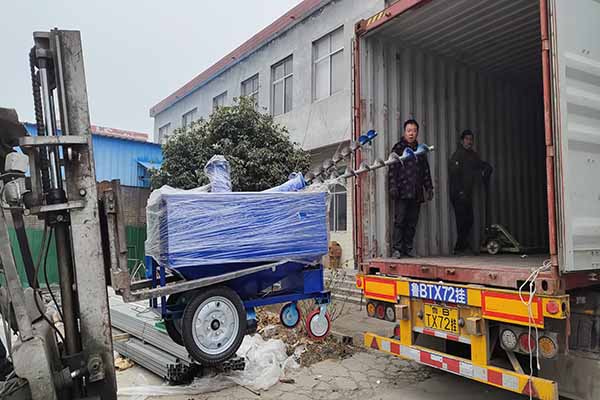Poultry Cage and House Design Planning: Essential Considerations for Success
1. Understanding the Basics of Poultry House Design
When it comes to poultry farming, the design of the house and the cages plays a critical role in the success of the business. A well-designed facility can significantly improve the efficiency of poultry farming operations. Here are some key factors to consider in the planning process:
–
- Space Allocation: Adequate space per bird is crucial. Typically, broiler chickens require around 0.15-0.25 square meters per bird, while laying hens need about 0.4-0.6 square meters.
- Airflow: Proper ventilation is essential to maintain optimal temperature and humidity levels, reducing the risk of respiratory diseases.
- Lighting: The right lighting schedule can impact egg production and bird health. A combination of natural and artificial light is often used.
2. Selecting the Right Poultry Cages
The choice of cages is equally important. Here are some popular types of poultry cages and their advantages:
–
- Benched Cages: These are suitable for layers and can be stacked to maximize space usage. They are ideal for high-density farming.
- Nest Boxes: Nest boxes are essential for laying hens and should be designed to encourage natural laying behavior.
- Walk-in Cages: These provide more space per bird and are ideal for larger operations, as they allow birds to move around freely.
3. Incorporating Technology
Incorporating modern technology can streamline operations and improve efficiency:
–
- Automated Feeding Systems: These systems ensure that birds receive the correct amount of feed at the right time, optimizing growth and productivity.
- Environmental Control Systems: Automation of temperature, humidity, and lighting can maintain optimal conditions for the birds year-round.
- Health Monitoring: Sensors and cameras can track bird behavior and health, alerting farmers to potential issues early.
4. Planning for Future Expansion
Designing with scalability in mind is vital. Consider the following when planning your poultry house:
–
- Expandable Layout: Ensure that the design allows for easy expansion in the future without major reconstruction.
- Utility Access: Plan for easy access to utilities such as water, electricity, and gas to avoid costly disruptions.
- Environmental Impact: Consider the long-term environmental sustainability of your design.
By taking these factors into account during the design planning phase, poultry farmers can create an efficient and cost-effective operation.
Contact us for a free, detailed poultry house and cage design consultation. Our team of experts can provide you with customized solutions tailored to your specific needs and goals.




